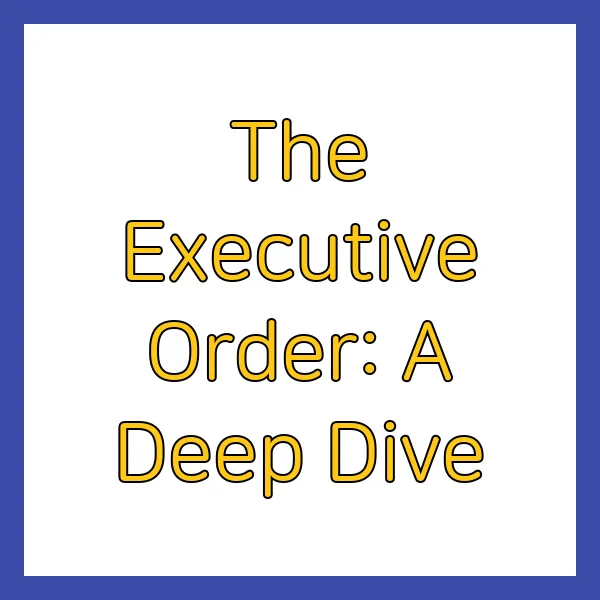Trump's Executive Order: English as the Official US Language

President Trump's executive order declaring English the official language of the US has sparked intense debate. This article analyzes the order's implications for language policy, access to services, and the broader sociolinguistic landscape, exploring potential impacts on immigrant integration and the nation's cultural diversity. Dive in to understand this complex issue and its potential ramifications.
The Executive Order: A Deep Dive

On February 28, 2025, President Trump signed an executive order declaring English the official language of the United States, a move unprecedented at the federal level. This action, initially reported by The Wall Street Journal and later confirmed by a White House official (who wasn't authorized to speak publicly!), rescinds the Clinton-era mandate for language assistance in federally funded agencies. Instead, agencies now have discretion over language service provision. This shift aligns with Trump's long-held stance on the issue, echoing promises made during his first campaign. While many states already have official English policies, this federal action introduces a new dynamic, potentially impacting government services, education, and national identity.
Key Provisions and Immediate Impacts
The executive order not only declares English the official language but also rescinds previous requirements for multilingual services, leaving agencies to decide how to proceed. This raises concerns about potential inconsistencies and disparities in service access for non-English speakers, a population representing over 350 languages across the US. Think about that – 350 languages! While the White House frames the order as a unifying measure, critics argue it threatens inclusivity and could disproportionately impact vulnerable populations. How will this play out in practice? Only time will tell.
Sociolinguistic Implications: Navigating a Multilingual Nation

The US has always been a nation of immigrants, a melting pot of languages and cultures. This executive order adds a new ingredient to the mix—a potent one, with the potential to fundamentally alter the flavor. By prioritizing English, the order implicitly devalues other languages, potentially marginalizing communities and creating barriers to integration. Is this truly a recipe for unity, or does it risk creating a more divided nation? The debate is far from over.
Language Access and Potential Discrimination
One immediate concern is the impact on language access for limited English proficient (LEP) individuals. Without mandated language assistance, accessing essential services like healthcare and legal aid could become a nightmare. Imagine navigating a complex medical system or legal proceedings in a language you barely understand. It's a daunting prospect, and the executive order raises serious questions about equitable access and potential discrimination.
The Myth of Monolingualism and the Power of Diversity
The order's implicit endorsement of English monolingualism flies in the face of research demonstrating the benefits of multilingualism. Studies show that bilingualism boosts cognitive flexibility, problem-solving skills, and even economic opportunities. In a globalized world, multilingualism isn't just an asset—it's a superpower! By prioritizing English only, are we inadvertently limiting our nation's potential? It's a question worth pondering.
Political and Social Context: A Nation Divided?

This executive order isn't just about language; it's about identity, belonging, and the very fabric of American society. It taps into deep-seated anxieties about immigration and cultural change, fueling a debate that goes far beyond mere semantics. The White House message of empowering immigrants through English proficiency rings hollow to many critics, who see the order as a thinly veiled attempt to assimilate non-English speakers, potentially at the cost of their cultural heritage.
The Role of Congress and Public Opinion
With Republican lawmakers already discussing official English legislation, this executive order could be just the beginning of a larger push to reshape language policy in the US. How will the public react? Will this galvanize support for multilingualism, or will it further entrench divisions? The answer, like the future of language in America, remains uncertain.
Long-Term Effects and Potential Challenges

The long-term consequences of this executive order are difficult to predict with certainty. However, several potential challenges loom large. The variability in agency implementation could create a patchwork of language access across the country. Legal challenges are likely, as critics question the order's constitutionality and potential for discrimination. And the social impact on immigrant communities could be profound, affecting everything from education to economic opportunity.
Navigating the Future of Language in America
The executive order throws into sharp relief the complex relationship between language, identity, and policy in the US. It forces us to confront fundamental questions about what it means to be American in a multilingual world. How do we balance the need for a common language with the value of linguistic diversity? How do we ensure equitable access to services while respecting cultural heritage? These are the challenges we face as we navigate the future of language in America. The conversation is just beginning, and it's one we can't afford to ignore. What do you think? Let the debate begin!
'NEWS' 카테고리의 다른 글
| What We Know So Far DRC Outbreak (0) | 2025.03.03 |
|---|---|
| Chile Blackout Millions Without Power, State of Emergency Declared (0) | 2025.03.03 |
| Jeff Koons Wins Copyright Case Over "Made in Heaven" Series (0) | 2025.03.02 |
| Jeff Bezos Reshapes WaPo Opinion Section (0) | 2025.03.02 |
| Fendi Celebrates 100 Years With Star-Studded Runway Show (0) | 2025.03.02 |